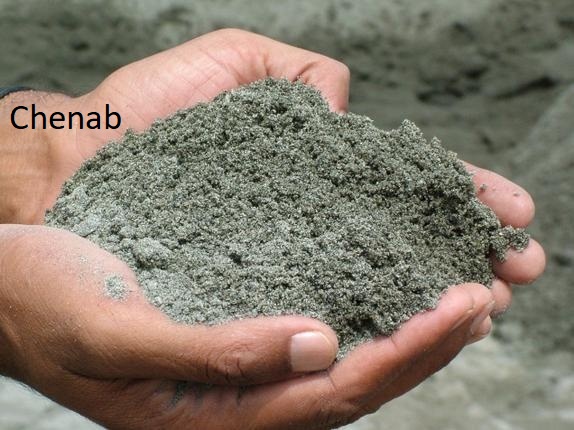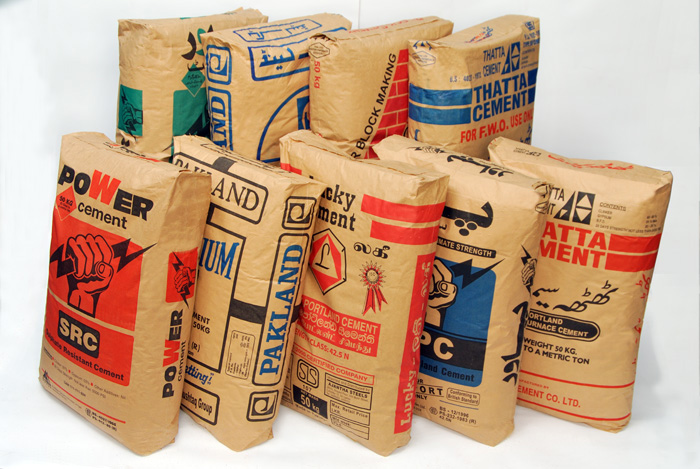Raw Material
Bricks
A brick is small block of burnt clay with a size that can be held in one hand conveniently. Brick should be thoroughly burnt, of uniform color, having plane rectangular faces, sharp 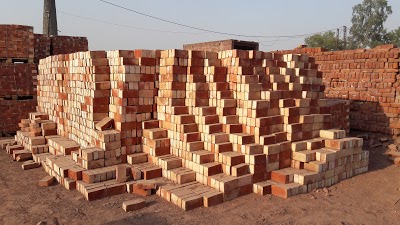 straight, right angle edges.
straight, right angle edges.
- Standard Modular size of common building brick is 230x115x80 mm.
- The weight of a brick is about 4 to 5 kg.
Visual Characteristics of Brick
- Good bricks should be burnt thoroughly so that they become hard and durable.
- Satisfactory burning of the bricks is ascertained by hard ringing sound when two bricks are struck together.
- The bricks should have smooth and rectangular shapes with sharp corners and uniform colors.
- The bricks should be free from cracks, chips, warp age, large particles of lime and organic matters.
Water Absorption of Brick
Average water absorption of bricks after 24 hours of immersion in cold water should not be more than 20% of its own dry weight.
There are three types of bricks
- First Class Bricks
- Second Class Bricks
- Third Class Bricks
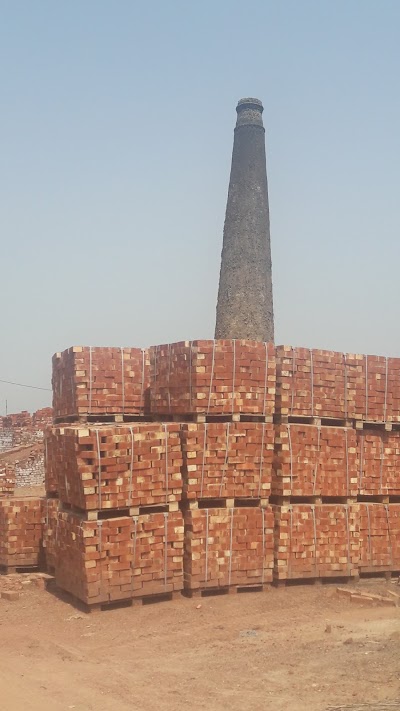 Specification of First Class Bricks
Specification of First Class Bricks
- Made of good earth which is free from saline deposits and are sand molded.
- Burnt thoroughly without being vitrified and have deep red, cherry and copper color (it may vary depending on soil type/color).
- Regular and uniform in shape and size with sharp and square edges and parallel faces.
- Must be homogeneous in texture and emit a clear ringing sound on being struck together.
- Free from flaws, cracks, chops, stones and lime.
- Should not absorb water more than 20% of its own dry weight after 24 hours, immersion in cold water.
- Should not show appreciable sign of efflorescence either in dry state or subsequent to soaking in water.
Specification of Second Class Bricks
- They shall be well burnt or slightly over burnt.
- They must give clear ringing sound when struck.
- The may have slight irregularities in size and shape.
- They may have slight chips, flaws or surface crack but must be free from lime or kankar.
Specification of Third Class Bricks
- These bricks are slightly under burnt or over burnt.
- They are not uniform in shape, size and edges.
- They shall not observe water more than 25% of their own dry weight after 24 hours, immersion in cold water.
- They have some signs of efflorescence.
Sand
Fine sand should consist of natural sand or crushed stone sand. It should be hard, durable, clean and be free from organic matter etc.Fine Sand should not contain any appreciable amount of clay balls and harmful impurities such as alkalis, salts, coal, decayed vegetation etc. The silt contents should not exceed 4%.
There are following three types of sand.
1. Pit Sand
2. River Sand
3. Sea Sand
Pit Sand (Coarse Sand)
Pit sand is obtained by forming pits into soil from ‘Quarries’. It consists of sharp angular grains which are free from salts.
River Sand
This sand is obtained from banks or beds of rivers. River sand is fine and consists of fine rounded grains. The color of river sand is almost white and Greyish. River sand is usually available in clean condition and is used for masonry & plastering.
Sea Sand
This sand is obtained from sea shores. Sea sand contains salts which attract moisture from atmosphere. Such absorption causes dampness and disintegration of work. Sea sand also retards setting action of cement. Due to these reasons, sea sand is generally avoided for engineering purposes. It is used only as a local material for non-structural purposes.
Precautions while unloading Sand
The supplier/truck owner carries sub standard material of above two cheap qualities of ‘Coarse Sand’ at the cheap rate and he tells house owner that carried material is the best material because house owner does not know much about the quality of material.
If the owner has some knowledge about sand and asks for the quality of ‘Coarse Sand’ and objects about silt contents in coarse sand, the truck owner or supplier asks to sprinkle some water on sand and assures that the material will be the best material.
Precautions while purchasing coarse sand
House owner must be very careful while purchasing ‘Coarse Sand’. He must have latest knowledge about quality and quantity of the material.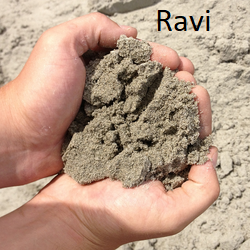
House owner has to pay more money for
- Cheap quality of the coarse sand.
- Labor to sprinkle water on the coarse sand.
- Rates because house owner has not much knowledge about market.
- Measurement which the house owner generally does not know. The supplier tells a lie by saying more quantity of the material and unloads the truck. Usually he unloads the truck during night or in early hours of the day in absence of house owner. In some cases he produces false receipt of ‘Quarry Site’.
Precautions for the purchase of material
- About Rate: House owner should collect rates from more than 3 or 4 suppliers. He should also collect the rates from few truck owners who stand their trucks with full of material at the early hours of the day on prescribed place in every city/town.
- About Quality: When you take the supply, check the quality of material. Never accept silty material because this material is harmful as stated above.
- About Measurement: Where the supplier or truck owner suspects that the house owner may measure the truck in day time, he applies following methods to befool the owner.
- He stops the truck at some distances from the site and gets the material loosen by spade and sprinkle water on sand in the truck. Due to spading and the water sprinkled over sand, the sand becomes bulky and it gives more height. Hence he charges on more quantity.
- He also tries to make the house owner fool in calculation for example if the measurement is 3 feet 6 Inches, he calculates it as 3.6 but actually it is 3.5 feet.
- He also tries to measure the height at the backside where the height is raised with the help of spade.
Precautions for measurement
a) When one takes supply of material, he should measure the height of material in the truck. If the material is pressed by your feet when you climb on the material in the truck, you should think that the material has been made loose with spade by truck driver; you should reject the material. If the material is not pressed by your feet, it is O.K.
b) You should take the height with the help of iron rod by inserting it into the sand, but care should be taken if the truck driver takes measurement of the height, he can take the other height from low place and takes average of 2 or 3 points in heights. Take the length and width of truck after unloading of the material.
c) Try to get the material in cash terms and payment made by you after measurement of the height, length and breadth as the truck driver/owner charges less rates on cash payment, direct from house owner as compared to the supply taken from suppliers.
Cement
For engineering purposes, there are many types of cement but in general, ‘Ordinary Portland Cement’ (OPC) is used.
Various Colors of Cement
- Grey = Color of OPC cement
- Blackish = Color of PPC Cement
- White = Other color of Cement
- Askari Cement Limited
- Attock Cement Pakistan Limited
- Bestway Cement Limited
- Cherat Cement
- Dewan Cement Limited.
- D.G. Khan Cement
- Dandot Cement Limited
- Fecto Cement Limited
- Fauji Cement Company
- Gharibwal Cement Limited
- Kohat Cement Company Limited
- Lucky Cement Limited
- Maple Leaf Cement Factory Limited
- Pak Land Cement
- Pioneer Cement Limited
- Power Cement Limited
- Tahtta Cement Company Limited
Purchasing Guidelines for Cement
Specification of Cement
The cement required for construction should be factory-manufactured from a reputed manufacturer. It must not be from the local plant manufacturer. Care should be taken that the cement is properly packed from the factory, not be hand packed locally. While taking supply of cement manufacturing date, grade and type should be checked. The cement should not be more than six weeks old from the date of manufacturing.
Precautions While Purchasing Cement
Cement is the most important raw material used in a building. You should ensure the quality of ‘Cement’ using the following guidelines.
- The cement should be factory manufactured instead of plant manufactured.
- The cement bags should not be hand stitched.
- The cement bag should bear manufacturer’s name or his trade mark on it if any.
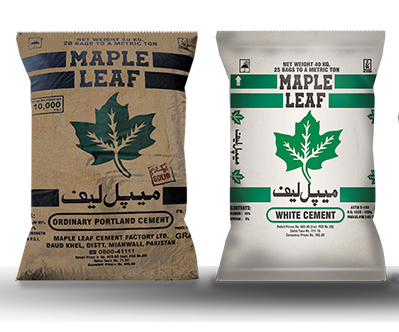
- The cement bag should bear the grade and type of cement.
- The cement bag consignment must have identification mark on package.
- One cement bag should have 50 Kg. weight.
- The cement bags should not be older than six weeks from the date of manufacturing.
- Do not purchase cement bags which are partially set due to moisture. Do not purchase if there are small lumps in the bags.
- Do not purchase cement bags which are pressed or have lumps due to high pressure of stack having more than 10 to 12 bags.
- Do not take cement bags which are torn by side and stitched in later.
Precautions While Transporting Cement Bags
- Care should be taken to carry the bags in a clean vehicle which is not dustier or on earth etc. It will reduce the strength of the cement.
- During monsoon season the cement should be carried under covered Polythene or ‘Tarpaulin’.
- Care should be taken that the labor should not tear the bags while loading and unloading the cement bags.
Precautions While Stacking Cement at Site
Store cement in a moist proof storage area otherwise quality of cement will be affected.
- Cement should be stacked in a shed, which is relatively dry place as construction is water intensive industry.
- Cement should be placed on dry brick floors, on wooden crates or on the planks.
- The stack should not be higher than 10 bags to avoid lumps under pressure.
- The cement bags should not be stacked with outer wall.
- Cement from different manufacturers should be stacked separately.
- The cement should be used on first come first used basis.
- During monsoon season cement bags should be covered with polythene.
- The cement bags should be kept close together to reduce air circulation.
Steel Bars
Generally there are two types of steel bars (“Sariya” as Local Term) available in the market.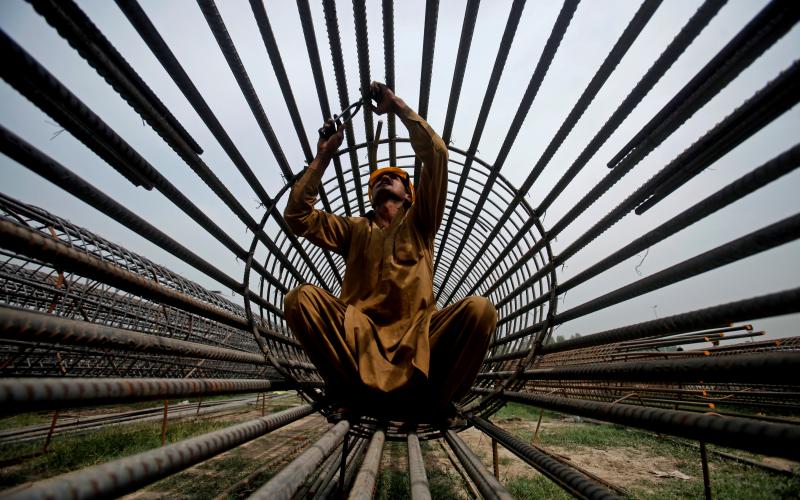
- Mild steel bars
- Deformed steel bars
Mild steel bars
Mild steel bars are used for tensile stress of RCC (Reinforced cement concrete) slab beams etc. in reinforced cement concrete work. These steel bars are plain in surface and are round sections of diameter from 6 to 50 mm. These rods are manufactured in long lengths and can be cut quickly and be bent easily without damage.
Deformed steel bars
As deformed bars are rods of steels provided with lugs, ribs or deformation on the surface of bar, these bars minimize slippage in concrete and increases the bond between the two materials. Deformed bars have more tensile stresses than that of mild steel plain bars. These bars can be used without end hooks. The deformation should be spaced along the bar at substantially uniform distances.
To limit cracks that may develop in reinforced concrete around mild steel bars due to stretching of bars and some lose of bond under load it is common to use deformed bars that have projecting ribs or are twisted to improve the bond with concrete. These bars are produced in sections from 6 mm to 50 mm dia.
In addition the strength of bonds of deformed bars calculated should be 40 to 80 % higher than that of plain round bars of same nominal size. And it has more tensile stress than that of plain round bars of same nominal size.
Cold twisted deformed (Ribbed or Tor Steel Bars) bars are also recommended for RCC Structure. TOR is a brand name – Toristeg Steel Corporation of Luxembourg. Their name (TOR) became synonymous with Cold Twisted Deformed (CTD) steel bars due to popularity. TOR is also used as a synonym for reinforcement bars in general.
Steel Bars for RCC Work
All finished steel bars for reinforced work should be neatly rolled to the dimension and weights as specified. They should be sound, free from cracks, surface flaws, laminations, rough, jagged and imperfect edges and other defects. It should be finished in a work manlike manner.
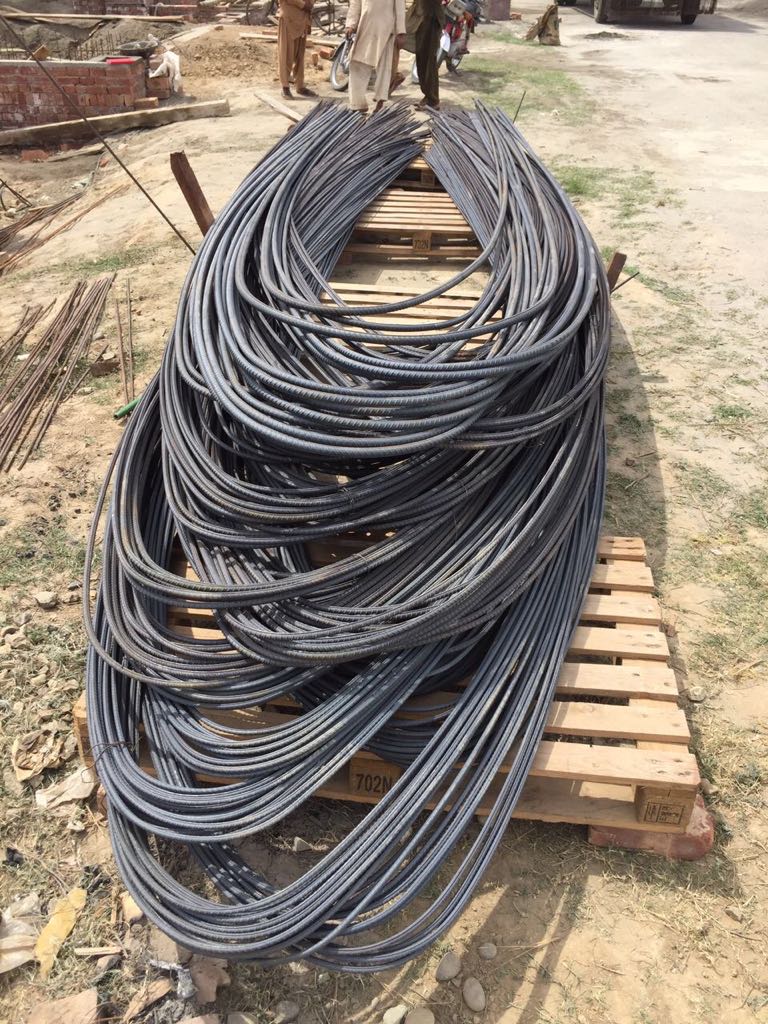 General precautions for steel bars in reinforcement
General precautions for steel bars in reinforcement
- Steel bars should clear, free from loose mil scales, dust, paints, oil or other coatings which may destroy or reduce bond strength.
- Steel bars should be stored in such a way as to avoid distortion and to prevent deterioration and corrosion.
- Steel bars should not be clean by oily substance to remove the rust.
- The bar is bent correctly and accurately to the size and shape as shown in drawings.
- If possible, the bar of full length is used.
- If possible overlapping bars do not touch each other and these should be kept apart with concrete.
- The overlap if given should be staggered.
- The cranks in the bar at the end should be kept in position by using spots.
- The steel bars should not be disturbed while lying cements concrete.
- Required cover under steel bars should be given before laying the cement concrete.
- No over lap is given in the bar having a diameter more than 36 mm, if required, the bar should be welded.
Weight of Different Steel Bars
When we want to purchase Mild steel members from the market, the shopkeeper quotes the price of steel members in weight.
When any type of steel members for use in house construction is required, we calculate the length of steel member in feet or meter but we are ignorant about the weight of steel.
Here are details of weight per meter for various types of steel members:-
This will help you for estimated weight and cost. It will also help at the time of purchase to avoid pilferage in weight. But there are few steel manufacturer in Pakistan with correct weight. There are huge variation in weight of equal length of bars. This typically happen in unbranded or unfamiliar brands of steel. These bars are manufactured from iron scrap. But few manufacturer still produce bars from virgin Steel billets. Always prefer to buy branded steel like Amreli Steels Limited (www.amrelisteels.com), Kamran Steel or Model Steel.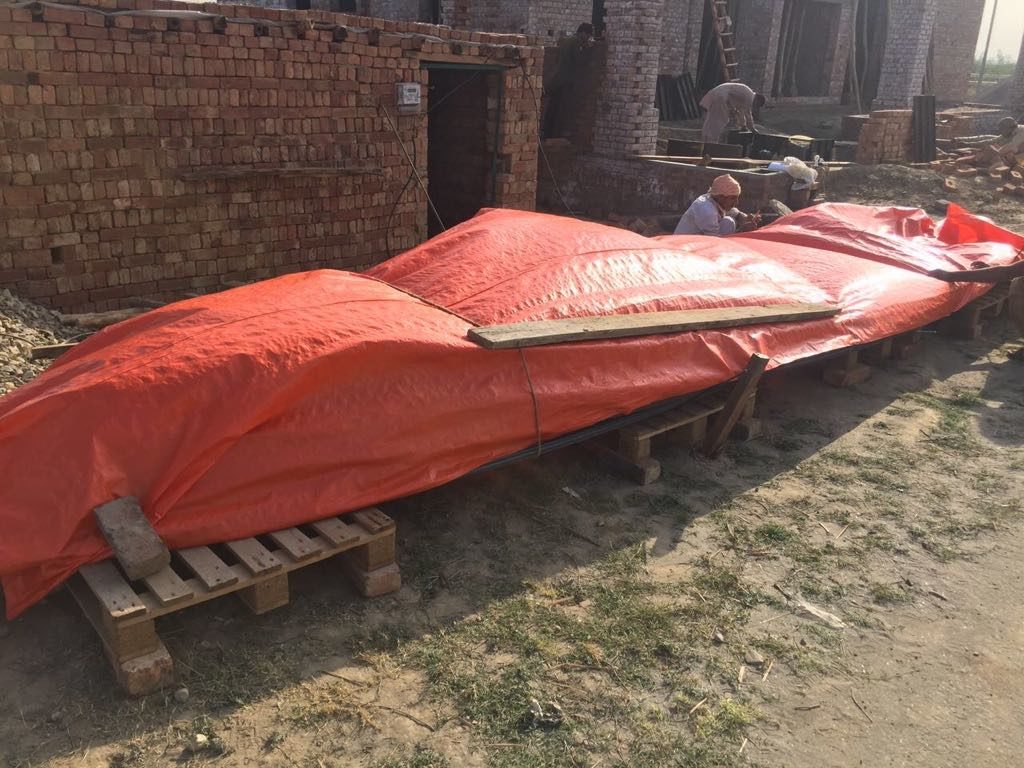
| Steel round & square Bar | |||
| Sr.No. | Dia of steel bar | Weight per meter | |
| Round Bar | Square Bar | ||
| a | 6 mm | 0.22 Kg. | 0.28 Kg |
| b | 8 mm | 0.39 Kg | 0.50 Kg |
| c | 10 mm | 0.62 Kg | 0.78 Kg |
| d | 12 mm | 0.89 Kg | 1.13 Kg |
| e | 16 mm | 1.58 Kg | 2.01 Kg |
| f | 20 mm | 2.46 Kg | 3.14 Kg |
| g | 25 mm | 3.85 Kg | 4.91 Kg |
| h | 28 mm | 4.83 Kg | 6.15 Kg |
| i | 32 mm | 6.31 Kg | 8.04 Kg |
| j | 36 mm | 7.99 Kg | 10.17 Kg |
| k | 40 mm | 9.86 Kg | 12.56 Kg |
| l | 45 mm | 12.49 Kg | 15.90 Kg |
| m | 50 mm | 15.41 Kg | 19.62 Kg |
Coarse Aggregate (Crush/Bajri)
Coarse Aggregate consists of natural occurring stones (crushed, uncrushed or broken). It should be hard, strong, dense, durable, and clean. It must be free from veins, adherent coatings and injurious amounts of disintegrated pieces, alkali, vegetable matter and other deleterious substances. It should be roughly cubical in shape. Flaky pieces should be avoided.
Characteristics of coarse aggregate
- The coarse aggregate is clean, hard, non porous, free from lumps of clay and vegetable matter.
- Water absorption of aggregate is not more than 10 % of its weight after 24 hours immersion in water.
- Angular and roughly cubicle particles are ideal.
- Aggregate is chemically inert material.
- Brick aggregate is not used in RCC work.
Deleterious substances in coarse aggregate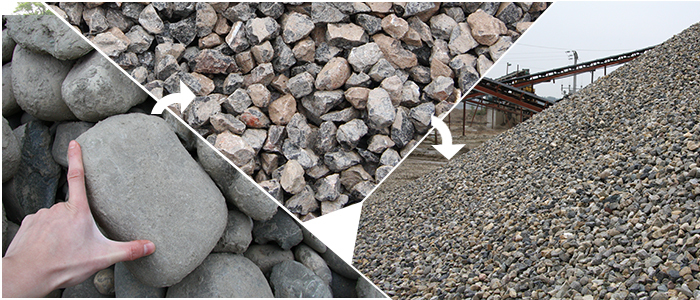
Coarse Aggregate should not contain any of the following deleterious materials.
- Pyrites
- Coal
- Lignite
- Mica
- Clay
- Alkali
- Soft fragments
- Sea shells
- Shale or similar laminated material
NOTE: The maximum quantity of deleterious materials should not be more than 5% of the weight of the aggregate.
Precautions while using coarse aggregate
The following precautions should be taken while using coarse aggregate in RCC (Reinforced Cement Concrete) Work.
1. Aggregate should be stacked on a hard, dry and level patch of ground.
2. Coarse aggregate should not contain any material liable to attack steel reinforcement.
3. Aggregate which are chemically reactive with alkalies of cement should not be used.
4. Proper graded material should be used for achieving good bond stress.
Purchasing Guidelines for Coarse Aggregate
‘Bajri’ is a very important part of RCC and concreting. The strength of the structure depends on the qualities of Bajri. When you take the supply of Bajri, you should ensure that the quality should be according to the specifications which can be obtained by the laboratory test. Generally ‘Bajri’ should be of hard, tough dense stone.
Quality of Bajri
Generally you can judge the quality of ‘Bajri’ in the field as mentioned below.
- Bajri should be free from lumps of earth, grass, decayed vegetation, silt and sand particle etc.
- In some ‘Quarries’ there is Katcha/soft stone in Bajri which generally has reddish or yellow reddish color. When you rub these Bajri particles, the particles are easily broken. This material is cheap in the market.
- Bajri should be screened having minimum sand contents or fine material.
- Bajri should be free from mixing with earth. This happens in rainy season when the Bajri gets mixed with earth or has slush coat on it.
- You should be cautious as the supplier/truck owners have tendency to supply inferior quality or less quantity of the material.
Loss in Material/Bajri:
The Loss in material may be in two ways which are mentioned below.
- Lose in strength due to low quality material
- Loss due to ignorance (Monetary Loss)
Lose in strength due to low quality material
The Supplier/Truck owner may supply Bajri below the specification such as Katcha stone Bajri, unscreened, mixed with earth, other impurities and slush coating. This type of Bajri is cheap at ‘Quarry’ site/source of supply. The strength of RCC may reduce by 10 to 30 % if the ‘Bajri’ below specification is used in construction.
Loss due to ignorance (Monetary Loss)
The following precautions should be used while procuring the material from the supplier.
Precautions while Unloading Material:
Watch out for the sub standard material. Even if the supplier tells you that he has carried the best material you should check the quality using the guidelines above.
Precautions while Purchasing Coarse Aggregate
a) About Rate:You should collect rates from around 3 to 4 suppliers. You should also collect the rates from few truck owners who stand their trucks full of material at the early hours of the day in every city/town. This exercise will not only help you get good quality material but will also help you figure out the prevailing rates
b) About Measurement (Wrong Calculation): The supplier or truck owner may try to used incorrect calculation method while calculating the final payment. For example if the measurement is 3 feet 6 Inches, he calculates the payment by multiplying 3.6 to the rate where as he should have used 3.5.
Precautions for Measurement (Wrong Measurement):
The suppliers measure the height of the truck while calculating the material quantity being supplied.
a) You should measure the heigh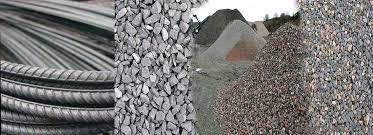 t of the truck from 2 to 3 places and then take an average
t of the truck from 2 to 3 places and then take an average
b) Never take the measurement of the material at the ground after unloading as this will distort the calcualtions and you will end up paying more money.
d) Try to get the material in cash terms and make the payment after measuring the height, length and breadth. As the truck driver/owner usually charge less rates on cash payment but don’t forget to get a bill.
Even though Bajri is cheaper compared to cement, it still is very important as far as the strength of the structure is concerned.
Hopefully these guidelines will help you get the best Raw Material for your Dream Home.
Happy Home !!!!

